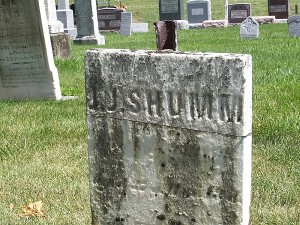 Although the inscription “JJ Schumm” is all that is legible on this tombstone, I believe that this is the grave marker of Johann Jacob Schumm, one of the Schumms who immigrated to America in 1833 from Wuerttemberg. I will show how I arrived at this conclusion by using the church records of Zion Lutheran Church, Schumm, Ohio, and Van Wert County, Ohio, Cemetery Inscriptions, Vol. V, published by The Van Wert County Chapter of The Ohio Genealogical Society. Several years ago I translated Zion’s church records. They were written in the old German script and their burial records date back to 1846. The Van Wert Chapter OGS read and compiled Volume V in 1992, the last book of their cemetery inscriptions series.
Although the inscription “JJ Schumm” is all that is legible on this tombstone, I believe that this is the grave marker of Johann Jacob Schumm, one of the Schumms who immigrated to America in 1833 from Wuerttemberg. I will show how I arrived at this conclusion by using the church records of Zion Lutheran Church, Schumm, Ohio, and Van Wert County, Ohio, Cemetery Inscriptions, Vol. V, published by The Van Wert County Chapter of The Ohio Genealogical Society. Several years ago I translated Zion’s church records. They were written in the old German script and their burial records date back to 1846. The Van Wert Chapter OGS read and compiled Volume V in 1992, the last book of their cemetery inscriptions series.
Johann “Jacob” Schumm was born on 26 September 1815 in Ruppertshofen, Wuerttemberg, the son of Johann Georg and Anna Maria Schumm, nee Fisher. Jacob Schumm came to America with his father, sister, and three brothers in 1833. He resided in Holmes County, Ohio, about 5 years before settling in Van Wert County on 7 June 1838. According to the Family Register in Zion’s church records, Jacob married Hannah Herzog on 15 February 1839. There is some conflicting information concerning Hannah’s maiden name here. In a later entry, concerning the baptism of their son George, the church records give Hannah’s maiden name as Billman. I have not been able to locate Jacob and Hannah’s probate marriage record to confirm either maiden name, although Billman has been the accepted surname for years. Hannah was born on 5 October 1822 in Schuylkill County, Pennsylvania. Jacob and Hannah had five children, Daniel (1840-1863; died in the Civil War), Katherina (1846-1929), George Christian (1848-1848), Ludwig (1849-1849), and Isabella (1851-1903). Jacob Schumm died on 31 August 1853 near Schumm and was buried on 1 September. He died from consequences of consumption at the young age of 37 years. Burial was in Zion’s cemetery. After Jacob’s death Hannah married Georg Steger, a widower, on 25 July 1854. Hannah died 21 March 1878. It is not known where she is buried. [Source: Records of Zion Lutheran Church, Schumm]
The tombstone of JJ Schumm is in Row 5 of Zion Lutheran Cemetery, Schumm, Ohio. According to the Van Wert Chapter’s inscriptions book, the marker for J.J. Schumm was read in 1992 and is described on page 79: “Schumm, J.J., illegible.” Why do I believe that this is the tombstone of Jacob Schumm? First, this tombstone is made of marble. Marble was used for grave markers from 1830-1880. Granite started being used for markers in the 1880s. The material of this marker fits the time period of Jacob’s death.
Next I compared information from my two sources, Zion’s church records and the Van Wert Chapter’s cemetery inscriptions, searching for a Jacob, JJ, or J Schumm who was buried in Schumm Cemetery. If I could account for all the Jacob or JJ Schumms recorded in the church death records and who are buried in Schumm Cemetery, this illegible stone would most likely be that of Jacob Schumm. To do this I searched all of Zion’s death and burial records through 1920 for Schumms named Jacob or with the initials JJ or J. According to the cemetery inscriptions book there are only three Jacob Schumms buried in Zion’s cemetery, as well as a J.A. Schumm. [Note: I want to mention that there are a couple minor discrepancies between the church records and the cemetery inscriptions shown below. Some of the tombstones are weathered and very difficult to read. Errors could have occurred in several ways– errors when the tombstones were carved, errors in the church records, or errors during the reading/inscription process.] My findings and conclusions:
Jakob, son of Friedrich Schumm and his wife Magdalena, born 4 January 1848, died 5 August 1862. [Source: Zion Lutheran Church, Schumm, Book I, page 86] This agrees with the cemetery inscriptions: Jacob Schumm, row 2. According to his tombstone he died 5 August 1862, aged 14 years, _mo, 1 day. He was the son of Friederich & Magdalena Schumm. [Source: Van Wert Cemetery Inscriptions, Vol. V, page 78] His tombstone is accounted for and this Jacob can be eliminated as a candidate.
Johann Jakob, son of the deceased Ludwig Schumm and his wife Barbara, died 28 Oct 1855, age 9 years, 27 days. He was buried 29 October. Cause of death was a fever, but he was a sickly child. Church records show he was born 30 September 1846. [Source: Zion Lutheran Church, Schumm, Book I, page 84] This agrees with the cemetery inscriptions: Jacob Schumm , row 4. According to his tombstone he died 27 Oct 1854/7, aged 9 years, 27 days. He was the son of Louis & Anna. [Source: Van Wert Cemetery Inscriptions, Vol. V, page 79] His tombstone is accounted for and this Jacob can also be eliminated as a candidate.
Jakob Wilhelm Schumm, son of Georg Schumm and his wife Maria, died 6 August 1858 at 7:00 in the morning, age 1 year, 5 months, 10 days. He was buried on 7 August. [Source: Zion Lutheran Church, Schumm, Book I, page 85] This agrees with the cemetery inscriptions: J.A. Schumm, row 3, according to his tombstone he died 6 August 1858, aged 1 year, 5 months, the son of George and Maria. [Source: Van Wert Cemetery Inscriptions, Vol. V, page 79] His tombstone is accounted for and this Jacob can also be eliminated as a candidate. His middle name also took him out of the running.
Jacob F. Schumm, row 10, 12 June 1839-24 Aug 1927. This person can be eliminated because of the middle initial F, his vital dates, and because he was married to Maria (1847-1915). [Source: Van Wert Cemetery Inscriptions, Vol. V, page 83]
In conclusion, all of the Jacob Schumms and the JJ Schumms that were mentioned in the Schumm church burial records have existing tombstones–all except Johann “Jacob” Schumm, the immigrant who died in 1853. His tombstone may be gone from the cemetery, but if so, who is buried beneath the marker that reads JJ Schumm? There were no other Jacob Schumms in the church death and burial records
Therefore, I believe that this is the tombstone of one of the Schumm immigrants, my 2nd great granduncle, Johann “Jacob” Schumm. Now the tombstones of the six Schumms who immigrated in 1833 are accounted for, all of them in close proximity to each other in Zion Lutheran Cemetery, at Schumm.





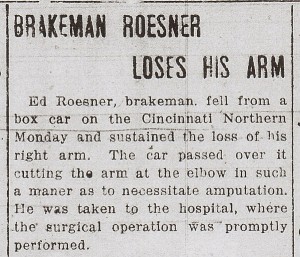
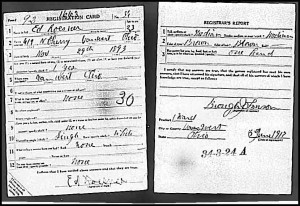
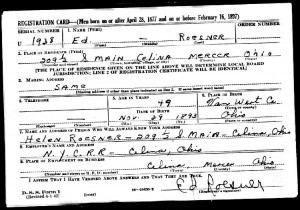
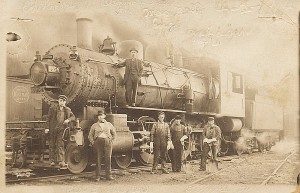
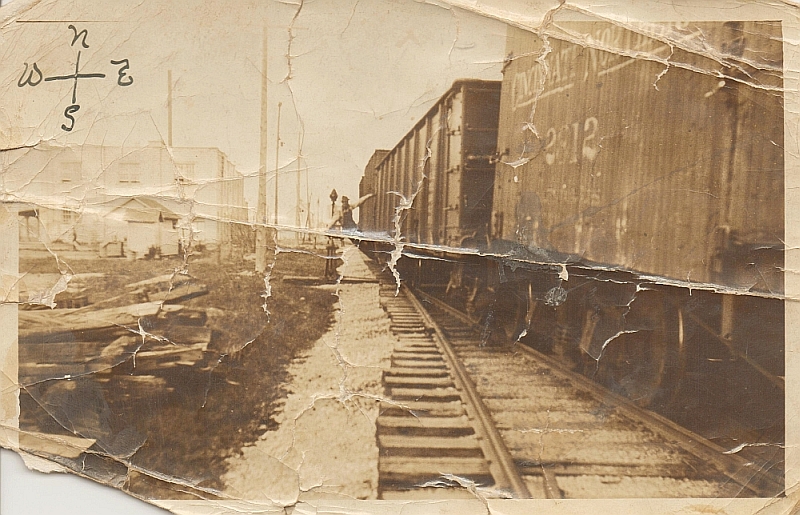

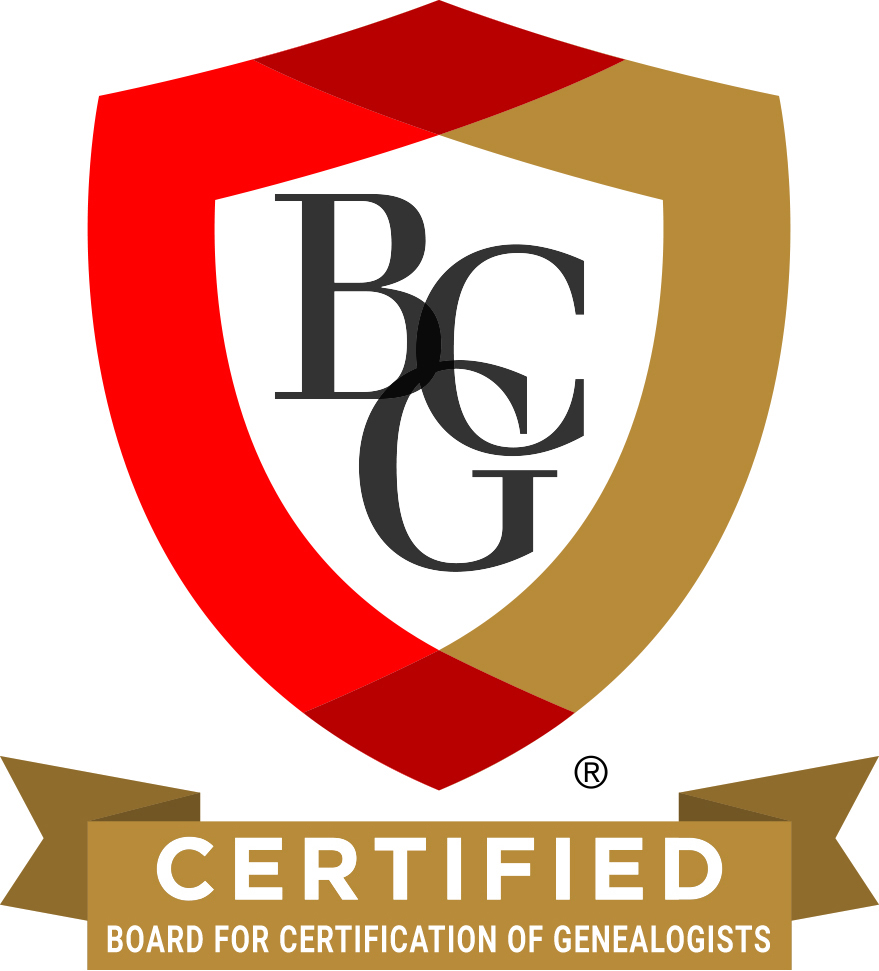
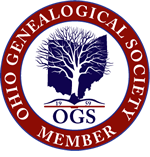

Thanks, Brian. It sounds like it was a wonderful church. I assume a number of Brewsters attended there. It is…
I have the Mount Carmel Sunday And treasurers records from 1907 and 1908. We went there to church all my…
Makes me want to go back! Got this message through our gmail but not through our frontier email. Weird! Great…
Such a wonderful trip and great pictures. Thanks so much for sharing.
Beautiful!